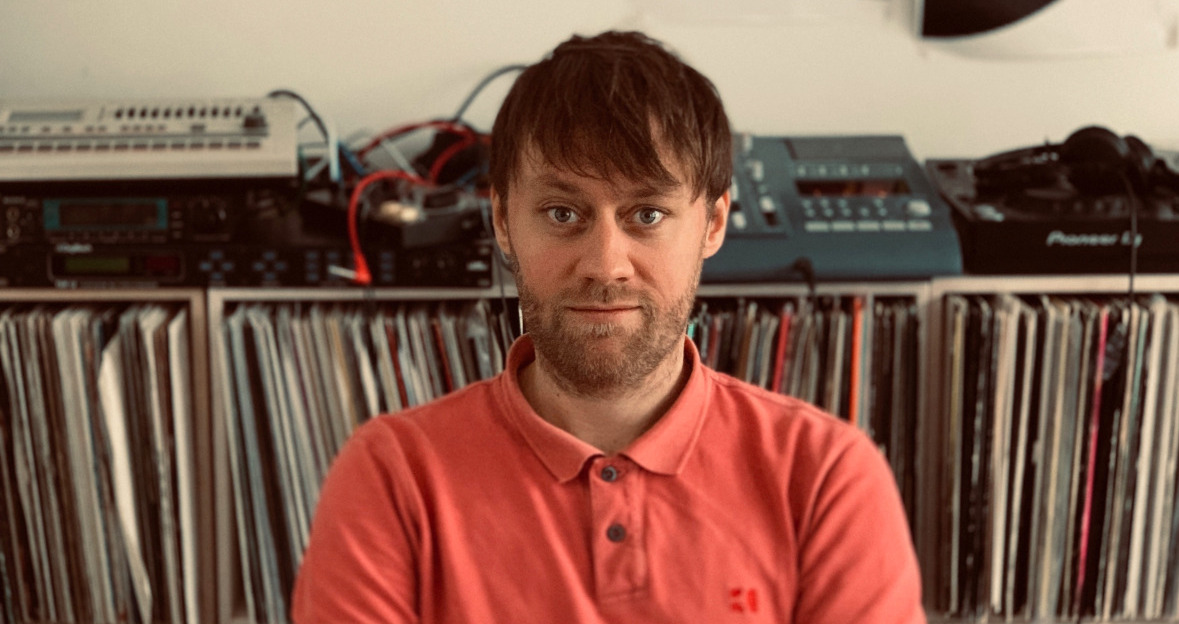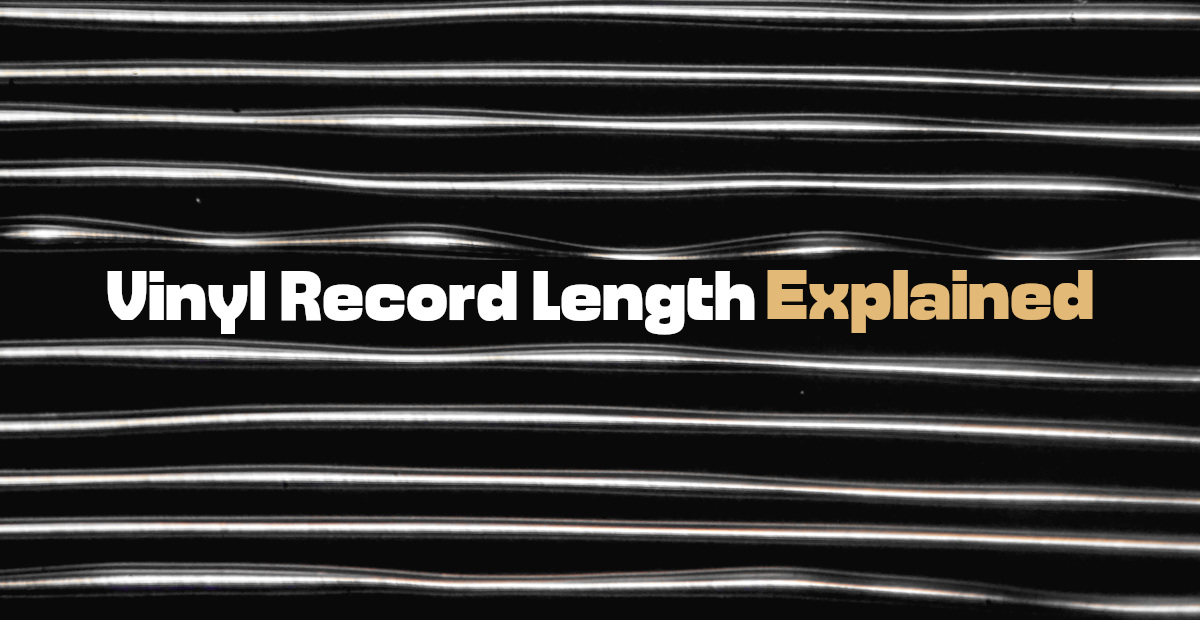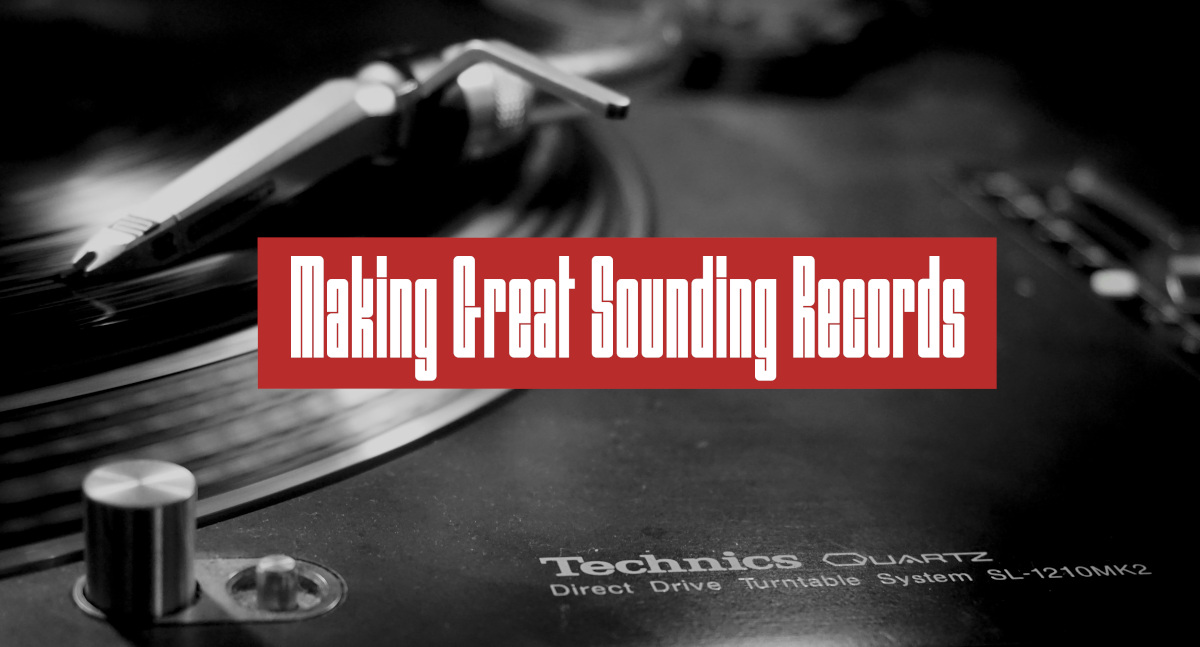Ved Siden Af’s Finest – Jesper Mygind

In fact, the most knowledgeable people in music remain the people who collect music. Collecting music requires a great deal of interest, knowledge, passion, financial investments, hours and hours of digging in record stores, listening and last but not least – finding your way around in the vast universe of releases from different eras, genres, in various formats. In the ever more pervasive streaming culture of today, there are still people who know more about music on vinyl and RPM Records took a mission to reveal these people and tell their musical story. To fire up the series of articles about record collectors we present Jesper Mygind, the resident DJ at Ved Siden Af and a member of Another Name Booking Agency. We asked Jesper to name the 5 best sounding, the 5 best visually designed vinyl records from his personal collection and tell his story about music on vinyl.

Please tell us a brief history of your involvement with, and passion in music?
The first record I bought was DJ Hell – My Definition of House Music online from Hardwax in around 2006. Didn’t own any turntables, so excited as I was, I jumped on my bike and took the record to the girl I was seeing at the time as her parents owned a turntable. I got there, dropped the needle on a record only to find myself confused and disturbed at the sound of the record playing really slow!! The purchase was absolute impulse purchase! And my knowledge about records and turntables was extremely limited. I didn’t realize you had to (or could) switch speeds. Needless to say, my first experience with owning records was quite disappointing to say the least.
How many vinyl records do you have in your collection?
I have around 3.500 records (with some for sale, though). If you have around 3.000 – 4.000 records, I think you’re in a pretty optimal spot if you’re Djing. I have reached a point where it’s not necessarily about acquiring more records but instead fine tuning my collection, selling stuff I don’t listen to or play and substituting with new stuff instead, discovering all the B-sides and so on and so on.
What kind of music? How would you divide it by percentage?
I mostly collected electronic music over the years but in recent years I’ve also been buying some non-music stuff, like for instance therapy records from the 70’s. Using the SQC (simple quadrant counting) method, I’ve just made up, ha ha! Looking at my record shelves, I would say it’s probably 40 % house ranging from very early Chicago stuff, 90’s NY-house to more ‘modern’ stuff, including my left-field outsider ambient house section, 30 % techno, electro and industrial as well as variations within these frameworks, 20 % minimal & tech-house and 10 % experimental music, soundscapes, soundtracks and the non-music stuff.
“Reaching out to communities offline and online is probably a good thing to do if you’re starting to collect records and to DJ”.
How long have you been collecting vinyl records and what brought you there?
I grew up as part of the Napster generation, so my main source of music throughout the early 2000’s was usually digital files. As time passed by and the more I got immersed into electronic music, the more it felt natural for me to start buying records. Also because the music I wanted to buy was usually only available in this format. When I started buying records and recording mixes more regularly, I didn’t have any friends nearby in Aarhus that shared my passion. I have always been bad at seeking out communities and networks where I live, so a vital moment for me as a record collector in my ‘early days’ was being part of online communities where you could share information, help each other to identify records and so on. Through these forums I also got to know a handful of like-minded people in Copenhagen that I started discussing and sharing music with more intensely – but yeah, reaching out to communities offline and online is probably a good thing to do if you’re starting to collect records and to DJ.
How long have you been DJing? What brought you there?
I had always been doing mixes on my computer, but my real transition into Djing came when me and my newly found friends formed the music collective “Cluster” and started to throw parties in Copenhagen. We primarily focused on doing day parties and after parties at various spots like underground tunnels in Copenhagen. My first gig was at a day party we did called ‘Cluster Waves’. It started on a canal cruise boat sailing around for two hours and ended at this place called ‘Toldboden’. I really thought everything would take off when I was invited to play at Club der Visionaere in Berlin in 2013. Unfortunately, quite the contrary happened, as we stopped throwing parties in Copenhagen, I was left on my own with non-existing self-promotion skills and that hauled me backwards a lot from playing out regularly. After that I did record several podcasts and played B2B with friends once in a while. It’s only in recent years I have been playing out more regularly, especially after my residency at the club Ved Siden Af and after I was signed to Another Name booking agency, which I really like.

Please tell us, what is so special about vinyl records?
Honestly, it’s hard to point to one specific thing. On a more personal level, I think the connection you have with your records can be quite special, the stories connected to them (where you bought and played them) , their visual artwork and so on. In general, being an analogue medium, I also think the way vinyl can fill out the space between instruments in recordings can be quite special – is there anything more evocative than the moments of silence before a track starts, where the only audible things are subtle distortions, crackles and pops from the vinyl?
What is your function and mission as a DJ, how do you approach this?
I have a few mixes that I consider my all-time favorites and one of them is Laurent Garnier’s Essential mix on BBC from 2000. His mix really encapsulates what Djing for me is all about. Over a span of two hours he takes the listener through a delicious blend of house, techno, electro and drum’n’bass, but more importantly he really takes the listener on a journey and tells a story with his selection. In short, making the whole greater than the sum of the parts – that’s what Djing for me is all about.
Who is your guru as a record collector and as a DJ? Why?
I have to mention my dear friend Carsten Jensen here. I think the tenacity in researching, and ability to constantly challenge himself makes him an ideal I could never reach. The way he consistently researches music across many various genres many hours every week, every month, every year, makes him extremely insightful and an inspiring source for discovering new music. The fact that he manages to transform all these efforts into well-crafted DJ demonstrations as well is just the icing on the cake, I guess.
“In short, making the whole greater than the sum of the parts – that’s what DJing for me is all about”.
What are you digging at the moment, what are your interests in music? How have your interests been changing during the years?
Just recently, I’ve been shopping some older Chicago house records and records from Traxx’s label Nation and of Jakbeat-affiliates like JTC and Mutant Beat Dance – guess that’s all interlinked in some way. In general, I have been focusing more on exploring older synth, experimental and industrial music, typically from the 80’s (either original or as re-presses) – I’ve found the Vinyl On Demand label to be great resource for this. A recommendation in this regard could be the Tone Set – Such Heavy Conviction box-set – a recommendation conveyed from Carsten Jensen actually!
Where do you dig records and how do you find new music?
When I started out collecting records, I had a weekly routine of checking the major distributor-sites as decks.de as well as identifying tracks from DJ sets. Keeping up to date on new releases is a great way to discover music more or less unbiased of who plays what etc. But I think the latter still can be a good starting point for any new DJ, as it can give you some focus in your early research. At one point I developed a script to web scrape all samples from Hardwax’ online store for releases dating back from mid 2000s, so I very efficiently could sit and listen through thousands of samples and use the unique release identifiers to recover the names of records I liked. Over the years though, I slowly gravitated towards going through labels and genres more systematically on Discogs and refrain from hunting down tracks from other DJs to be able to better differentiate myself from others.

The combination of Discogs and Youtube can indeed take you far, because there’s so much stuff available, making it quite easy to plow through genres, labels and artists in a quite efficient manner. So that’s what I mainly use to discover new music these days. However, I additionally use “explore” function on Discogs (How about some Hungarian minimal industrial music from 1989?). And I also explore lists from other users, for instance the user Funk_wid_it, whose Chicago House lists are quite good.
What are the 5 best sounding records from your collection?
Not being an audiophile at all, it’s hard to identify the five best sounding records in my collection. So instead I tried to outline some straightforward ones as well as more recent ones. Here they are:
Mutant Beat Dance – Mutant Beat Dance, Rush Hour, RHM027
Exceptionally produced record with very nice and different aesthetics throughout all 25 tracks. The mastering of the record is superb as well and manages to make the record feel as one-piece, despite the various styles. Basically, each track just sounds really good.
Ricardo Villalobos – Dependent And Happy, Perlon, PERL92
Ricardo Villalobos is in a league of his own when it comes to releasing minimal music that’s very well produced and sounds good. Team him up with Dubplates & Mastering in Berlin and you can’t go wrong. Check the track ‘I’m Counting’.
Charles Manier – American Manier, Bopside, BOP-04
Tadd Mullinix’s project Charles Manier essentially decodes early 80’s sequencer music bands such as CHBB and makes it his own by transforming it into the 21st century. The way he and his mastering engineer Beau Thomas have managed to capture the aesthetics of that time 40 years ago, yet still making the record sound modern, is impressive.
Grønvirke – Grønvirke, Gry Records, GRY 01-12
Grønvirke was the collaboration between Steen Jørgensen (of the famous Sort Sol) and Freddy Frank (owner of Gry Records and the Copenhagen record store of the same name which he ran with his wife Martha). Perhaps not a Hi-fi record in that sense, but compared to other experimental records from 1982, this is definitely one of the better sounding!
Death Commando – Pattern Nightmares, Going Home, GH LP-102
The album Pattern Nightmares from Death Commando (alias of Jason Letkiewic) is a perfect example of how to mix and master tracks containing multiple synth lines, drums and lots of effects.

What are the 5 most visually appealing records from your collection?
Again, it is very hard to pick 5, but here are 5 that I like quite a lot.
M. Finnkrieg – Exit/Accidental (Abstract), Domestica Records, Domestica – E-M01
Jordi Serrano runs the label Domestica from Barcelona and releases a variety of long-lost music from the 80’s. He graduated as a graphic designer I believe, and that, in fact, manifests in the artworks of his label. I quite like the minimal expression of this record which was released on a sub-label called Ex Machina. And this happens to be by one of my favorite artists from that era.
Various – Sørfinnset Skole / The Nord Land, Sex Tags Amfibia, AMFIBIA 10
Perhaps not visually appealing in an aesthetic sense, but I like how the artwork gives you a small glimpse of what it’s like to be at the yearly ‘Sommerfest’ in Sørfinnset, Gildeskål. It also contains a picture crossword on the back of the inner cover!
Richard Bone – Brave Tales, Survival Records, SUR LP 005
Best superhero manifestation I have seen when it comes to a record. Counting both the artwork and the music. On the front and back cover, we have our superhero together with his companion in search of the ultimate in musical excitement. While the labels show us the two aliens ‘Xoron the mutant’ and ‘Bashak the weird’ sharing their secrets, that is, the track list of each side. Great music!
細野晴臣* – Super Xevious = スーパー・ゼビウス, Yen Records, YLR-12002
Based on the Japanese video game “Super Xevious” which was released in 1984 as a follow-up to the game “Xevious”. The front cover shows Solvalou the star-ship you control in the game, while the back cover shows us different characters from the game. A game music classic.
Bedroom Productions – Fast Cars… Fast Women, El Turco Loco, EL TURCO LOCO CAT# 7
I love the aesthetics of this record. The artist name and title, the ironic poses on the front cover and the general DIY-spirit of the artwork. When you hear the music, the DIY-aspect is even more clear.
Listen to Selector’s choice on Soundcloud
Enjoy Your Vinyl!

Quality Manager at RPM Records




